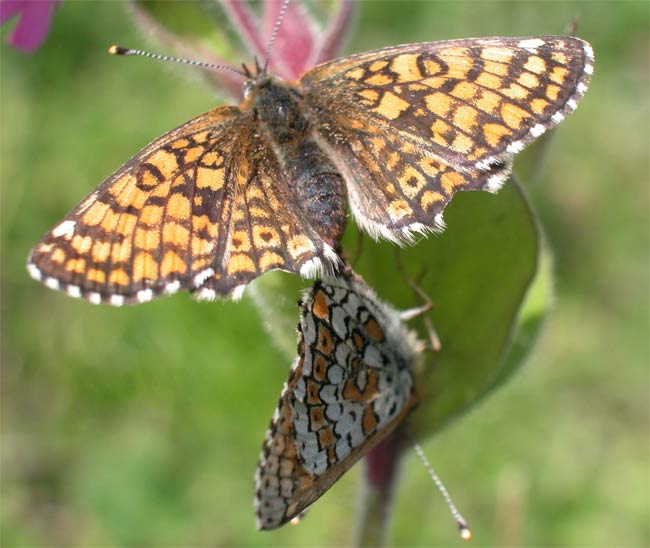Warming Planet Pushing Species Out of Habitats Quicker Than Expected

If you can't take the heat, get out of the habitat. That's exactly what many species are doing, and they're moving at an unprecedented rate, new research suggests. The cause: our changing climate.
The researchers analyzed previous studies to determine how far more than 2,000 species of plants and animals had strayed from their native habitats. The study included regions across the globe.
All types of species studied were moving toward the poles, at an average rate of about 8 inches (20 cm) per hour, or 11 miles (17.6 km) per decade. Species are also moving upward at an average rate of about 40 feet (12.2 meters) per decade. These estimates are about three times farther than previous measures. [Top 10 Surprising Results of Global Warming ]
The researchers also correlated this with how quickly the temperature was changing in these areas. They saw that in the areas of greatest temperature increases, species were moving farther and faster.
"There wasn't any clear overall pattern that different types of species were responding more than others," said study researcher Chris Thomas, of the University of York in the United Kingdom. "The amount of change we are seeing is greater in the regions that have warmed the most, the link to climate change is clear."
Climate effects
In each broader group of several species — birds, trees or rodents, for example — some species were big movers and some weren't. In some groups, species even moved toward the warmer areas, probably a result of other pressures on top of global warming.
Get the world’s most fascinating discoveries delivered straight to your inbox.
For example, the high brown fritillary, a butterfly species in Britain, should be moving toward Scotland, but because its habitats have been destroyed the fritillary has actually declined in numbers and range. In comparison, the comma butterfly has moved more than 130 miles (220 km) north in two decades.
Another example comes from the avian population. The Cetti's warbler has moved to the north by more than 90 miles (150 km) while another bird, the Cirl bunting, moved south by 75 miles (120 km) because agriculture has disrupted its habitat.
Habitat fragmentation and changing ranges of predators, prey and pollinators (for plants) also influence species' ability to survive in any specific habitat. If a species can't reach the next bit of livable habitat, they would be stuck where they are until climate changes led to their extinction.
"You could have a population where effectively you have the living dead," Thomas said. "You have adult individuals, which are alive, but without recruitment [the creation of offspring], the individuals die off."
Other things affecting their ability to move habitats include life span and reproductive rates (longer-lived species that produce few offspring would likely take longer to move habitats).
Conserving species
Moving to a new habitat is just one response to climate change.
"There already is evidence that many species are undertaking evolutionary changes in response to climate," Thomas said. "You don't have to just adapt with the physical conditions, but you need to compete with these new species" that have since moved into their newly warmed digs.
For instance, beech trees in Spain are getting better at adapting to hot conditions. The smaller, younger trees have different molecular characteristics that allow them to deal better with warmer temperatures, Thomas said.
How these species move and adapt has a direct impact on conservation efforts.
"It is a huge challenge for conservation, because the central premise of conservation is that if you protect species somewhere, they will stay there," Thomas said. "Trying to manage the land to keep what you had in the beginning is likely to fail."
The study was published today (Aug. 18) in the journal Science.
You can follow LiveScience staff writer Jennifer Welsh on Twitter @microbelover. Follow LiveScience for the latest in science news and discoveries on Twitter @livescience and on Facebook.
Jennifer Welsh is a Connecticut-based science writer and editor and a regular contributor to Live Science. She also has several years of bench work in cancer research and anti-viral drug discovery under her belt. She has previously written for Science News, VerywellHealth, The Scientist, Discover Magazine, WIRED Science, and Business Insider.



